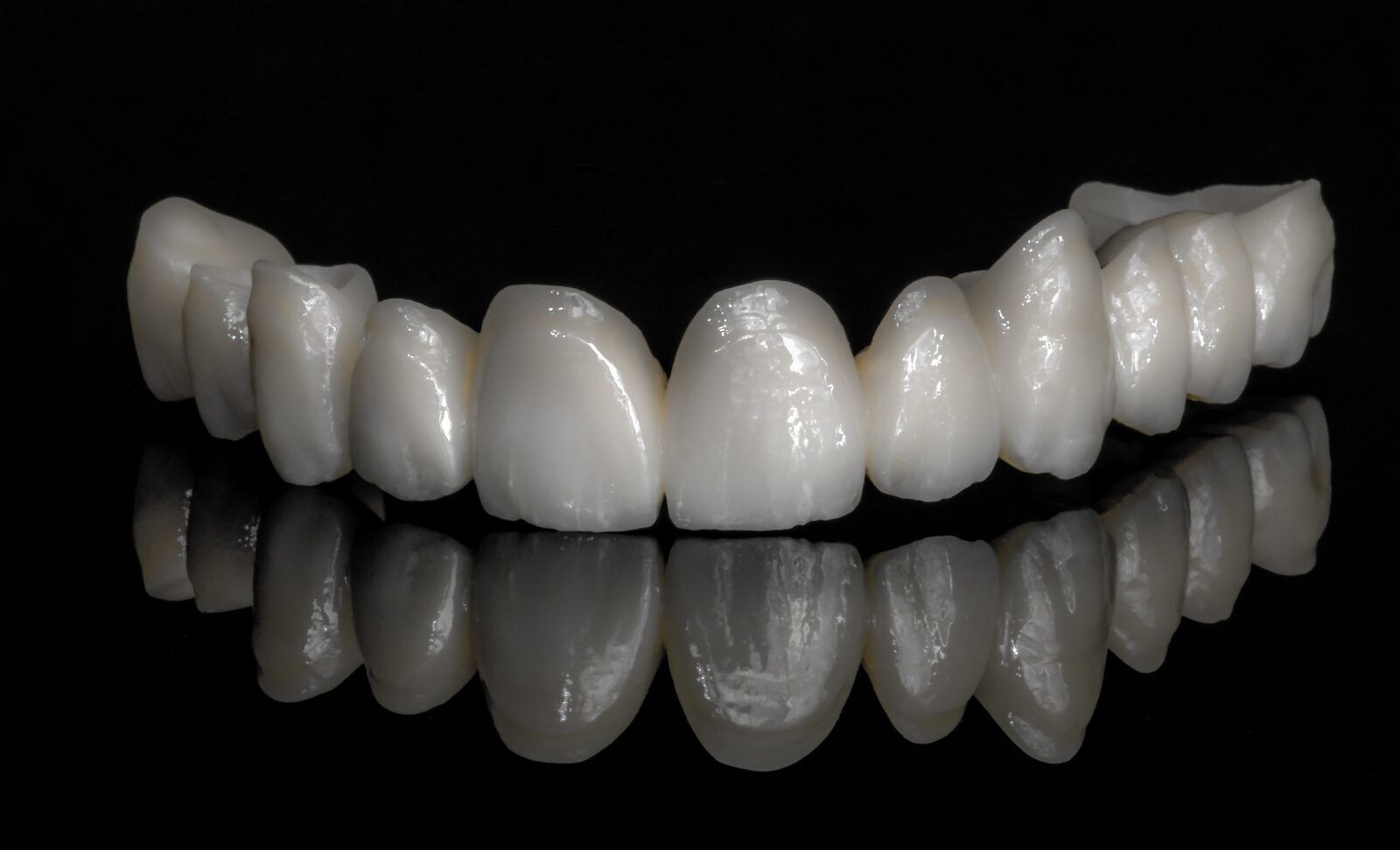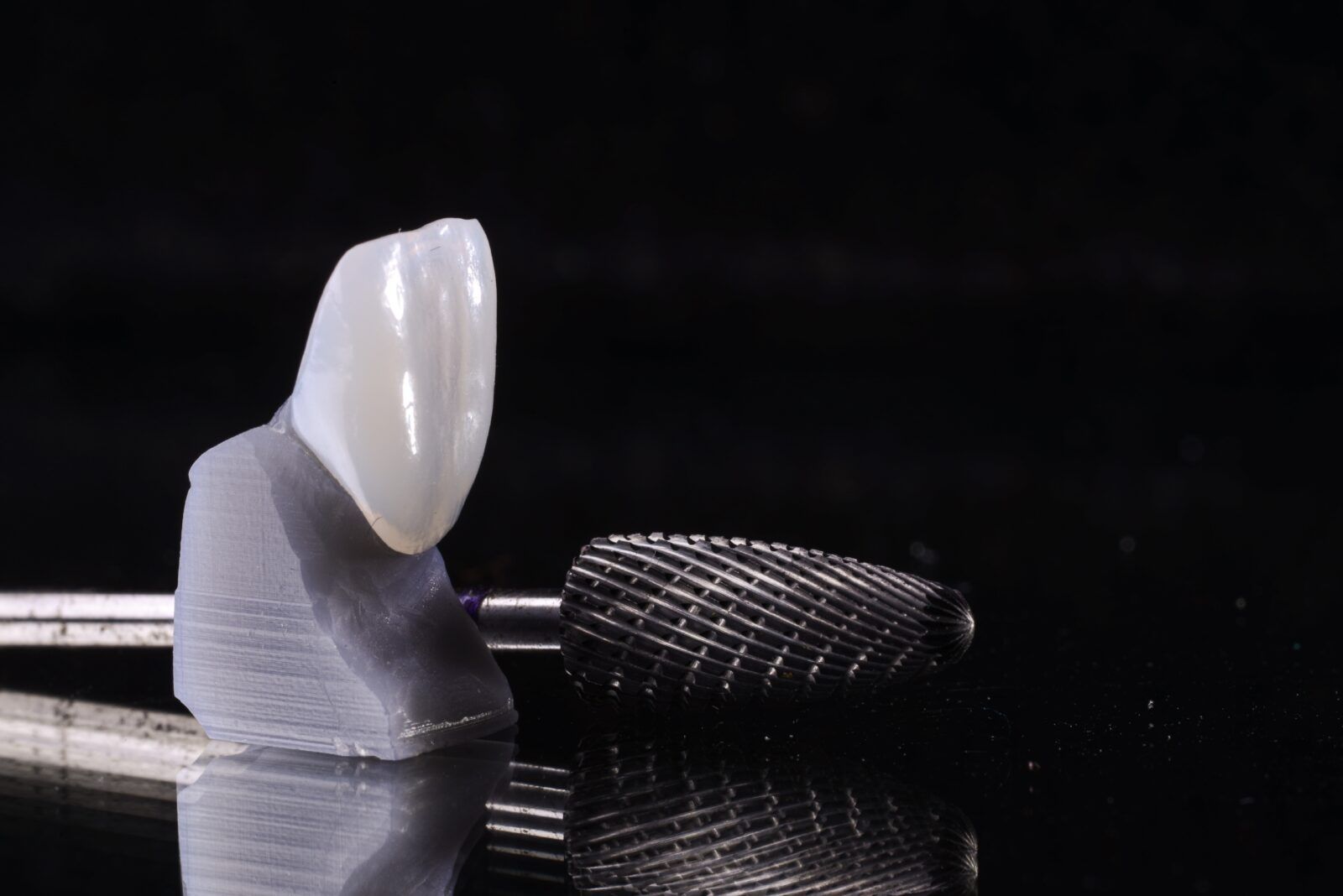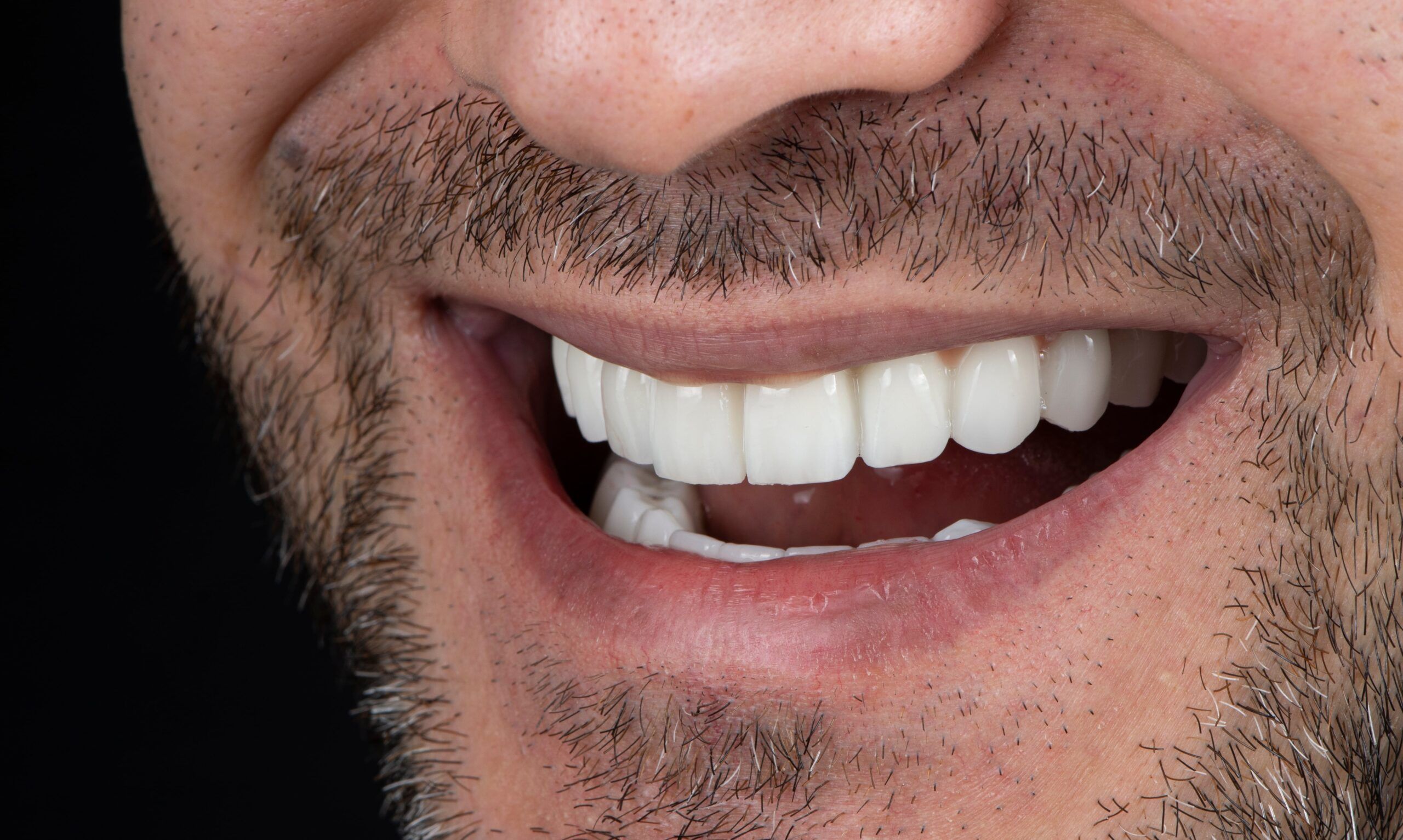In the realm of modern dentistry, achieving a captivating smile that exudes confidence and charm is a cherished aspiration. Thanks to the innovation and versatility of dental ceramics, this aspiration is now within reach. Let’s delve into the captivating world of dental ceramics, exploring their diverse types and the remarkable benefits they bring to the forefront of cosmetic dental treatments.
Unveiling the Diversity of Dental Ceramics
Dental ceramics are a class of materials that combine the art of aesthetics with the science of functionality. From the classic to the cutting-edge, several types of dental ceramics play pivotal roles in crafting beautiful smiles:
Porcelain Fused to Metal (PFM):
Porcelain Fused to Metal (PFM) ceramics represent a longstanding and versatile option in cosmetic dentistry. These restorations combine the strength of a metal framework with the natural-looking aesthetics of tooth-colored porcelain. The metal substructure provides durability and support, making PFMs suitable for both anterior and posterior teeth where biting forces are significant. The porcelain layer, meticulously matched to the patient’s natural tooth color, ensures a seamless integration with the surrounding dentition. They are commonly used for crowns and bridges, especially in areas where strength is crucial. Despite their time-tested performance, PFMs have evolved with advancements in materials and techniques. However, one consideration is that over time, the metal margin of the restoration can become visible at the gum line, potentially affecting the overall aesthetic appeal. Nonetheless, PFM ceramics remain a respected choice for achieving a balanced combination of strength and aesthetics in cosmetic dental treatments.
All-Ceramic Restorations:

All-ceramic restorations stand at the forefront of cosmetic dentistry, seamlessly merging beauty with resilience. These restorations are crafted entirely from ceramic materials, eliminating the need for a metal substructure. The result is a restoration that mimics the natural appearance of teeth while retaining impressive durability. Within the realm of all-ceramic options, zirconia ceramics exhibit remarkable strength, making them ideal for posterior teeth where chewing forces are prominent. On the other hand, lithium disilicate ceramics strike a harmonious balance between strength and translucency, offering an exquisite choice for enhancing anterior teeth. The innovative leucite-reinforced ceramics offer versatility, delivering both strength and esthetics for single crowns and smaller bridges. All-ceramic restorations exemplify the evolution of cosmetic dentistry, enabling the creation of smiles that radiate both charm and longevity.
There are different types of all-ceramic restorations, including:
- Zirconia: Known for strength, used for both anterior and posterior teeth. Offers durability but may lack translucency.
- Lithium Disilicate: Balances strength and translucency, ideal for anterior teeth. Replicates natural tooth appearance.
- Leucite-Reinforced Ceramics: Offers a balance of strength and aesthetics, commonly used for single crowns and smaller bridges.
Glass-Ceramics:
Glass-ceramics are a class of dental materials that combine the properties of both glass and ceramics. They are engineered through a controlled crystallization process, where a glassy material is heated and then cooled to encourage the growth of crystals within the glass matrix. This unique manufacturing process gives glass-ceramics a distinctive set of characteristics that make them valuable in various dental applications, particularly in cosmetic and restorative dentistry.
Glass-ceramics are prized for their ability to closely mimic the natural appearance of teeth due to their translucency and color-matching capabilities. They can be custom shaded to match the surrounding natural teeth, allowing for seamless integration within the patient’s smile. This aesthetic quality makes them an excellent choice for dental restorations in visible areas.
There are different types of glass-ceramics available in dentistry, including:
- Feldspathic Ceramics: Provides lifelike translucency, used for veneers and anterior crowns. Fragile compared to other ceramics.
- Fluorapatite Glass-Ceramics: Balances aesthetics and strength, used for anterior crowns, inlays, onlays, and more.
Hybrid Ceramics:
Hybrid ceramics are a relatively new class of dental materials that combine attributes of both traditional ceramics and resin-based composites. These materials have been developed to bridge the gap between the aesthetic qualities of ceramics and the versatility of composites, offering a unique set of characteristics that make them well-suited for various dental applications.
Hybrid ceramics are designed to provide a balance between strength, aesthetics, and ease of use. They often consist of a combination of ceramic particles and polymer components, which contribute to their mechanical properties and handling characteristics. This combination allows them to offer both the aesthetic appeal of ceramics and the practicality of resin-based materials.
These types of dental ceramics are selected based on factors such as the location of the restoration, desired aesthetics, patient’s bite, and personal preferences. Each type of ceramic material has its own unique benefits and considerations, making them valuable tools in the toolkit of cosmetic dentists for creating beautiful and functional smiles.
The Benefits of Dental Ceramics in Cosmetic Dental Treatments

- Lifelike Aesthetics: Dental ceramics possess a remarkable ability to mimic the natural appearance of teeth. This inherent characteristic allows cosmetic dentists to create restorations that blend seamlessly with existing teeth, ensuring a harmonious smile.
- Durability and Longevity: Whether it’s the robust zirconia or the resilient fluorapatite glass-ceramics, these materials are designed to endure the rigors of daily use. This longevity ensures that the cosmetic enhancements remain stunning for years to come.
- Conservative Tooth Preparation: Many ceramic-based cosmetic treatments require minimal alteration of natural tooth structure. This conservativism preserves the health of the teeth while achieving exceptional aesthetic outcomes.
- Customization: Dental ceramics are highly customizable. Cosmetic dentists can tailor the ceramics to match each patient’s unique smile characteristics, resulting in a personalized and natural look.
- Biocompatibility: Dental ceramics are biocompatible materials, meaning they interact well with the body and are unlikely to cause adverse reactions. This is essential for ensuring patient comfort and health.
- Enhanced Patient Confidence: The transformative power of dental ceramics goes beyond physical appearance. The radiant smiles they create often translate to increased self-esteem and improved overall well-being.
- Advanced Bonding Techniques: Ceramics can be securely bonded to natural teeth, creating a strong connection that contributes to the overall stability and longevity of the restoration.
In Conclusion
In the realm of cosmetic dental treatments, dental ceramics stand as the cornerstone of excellence. Their ability to merge artistry and science, seamlessly merging aesthetics with functionality, allows cosmetic dentists to sculpt smiles that captivate and inspire. As technology advances and ceramics continue to evolve, the future of cosmetic dentistry promises even more breathtaking transformations, reaffirming the boundless potential of dental ceramics in reshaping lives one smile at a time.




